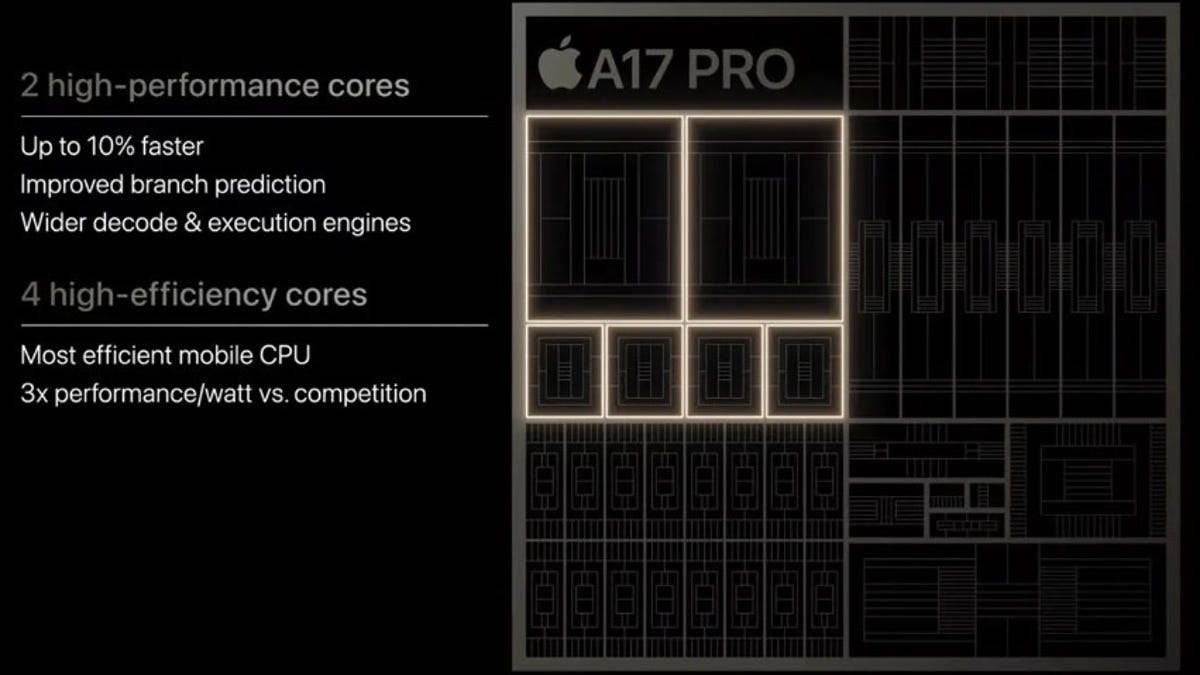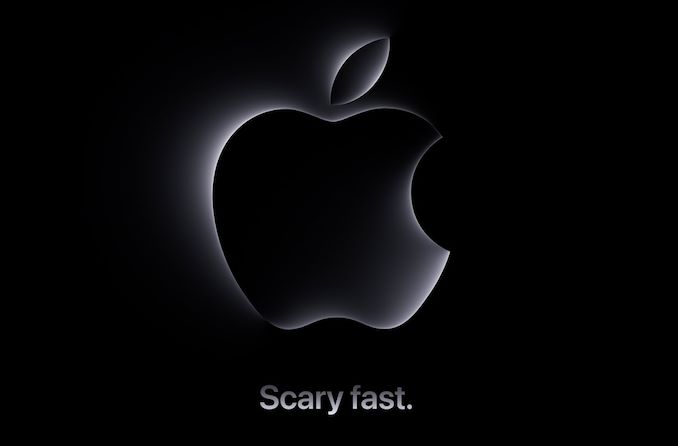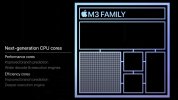John is unfortunately not working at IMG for quite some time now and it's even more unfortunate that no IMG hw engineer is here these days to give any form of insight on their architecture (and by the way there was no negative vibe or feeling while reading your former post nor in my reply to it either).
For Mesh shaders my gut feeling tells me that it wasn't amongst IMG's engineering priorities so far; au contraire to
variable rate shading (IMG calls it FSR I think) which is now present in DXT but Apple doesn't seem to support it in their latest GPUs or they do and no one has noticed so far? Somewhat unlikely.
For the record there had been also opinions I read in the past that VRS doesn't cope well with deferred renderers either. While I'm by far not an expert I miss the reasoning why a DR wouldn't digest mesh shaders well. It's not really a secret that deferred renderers aren't as "ideal" with geometry as immediate mode renderers are, but IMG has always found ways to workaround wherever their architecture wouldn't bode well, but that's something that isn't uncommon for IMRs either. Today's GPUs defer when it's a necessity and either way it's possible to combine the best of both worlds; first step for IMRs was early Z.
For Apple's GPU specifically I'd dare to believe them when they say that they have custom designed ALUs in their recent GPU generations. Too deep changes in the IP architecture itself would bring them more problems IMHO and after some point it would bear the question why they still pay IMG licensing fees. The rumor mill had it years before Apple parted from IMG, that Apple wasn't satisfied with IMG's roadmap. Didn't come as a surprise for me either back then when I heard it since QCOM's Adreno GPUs had reached an insane "GFLOPs/mm2 ratio" from which IMG's solutions were a few miles apart so to speak. No wonder Apple decided to revamp ALUs almost from ground up and most likely ended up with something that wouldn't have to hide even against IMG Albiorix ALU advancements.
For the RT implementation, the last official announcement was 3 years ago:
Apple signs new IP licence deal with Imagination Technologies

www.imaginationtech.com
We still don't have a clue what they meant with that wider range of IP, but it very well could have included IMG RT implementation amongst other possible tidbits.





